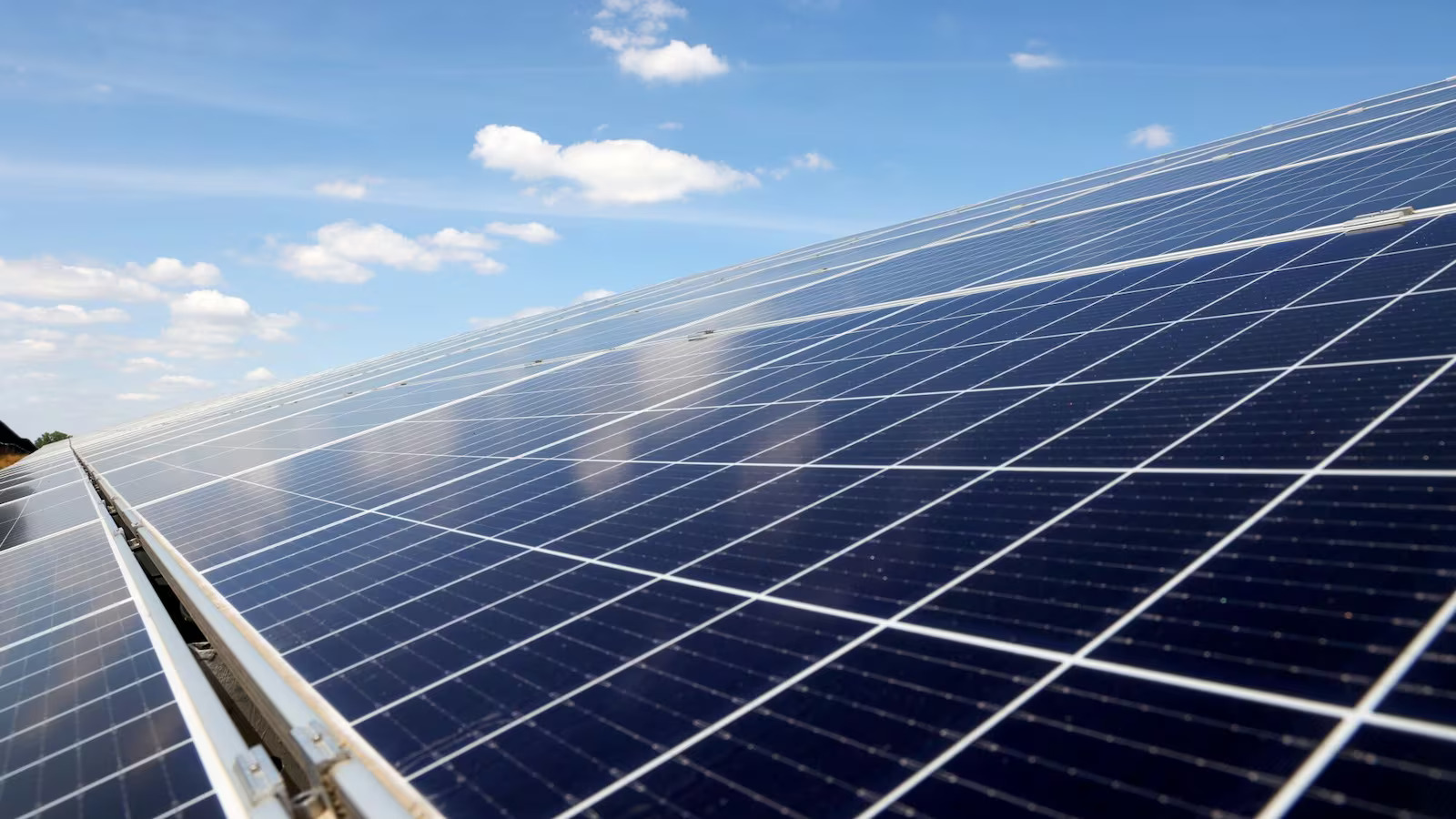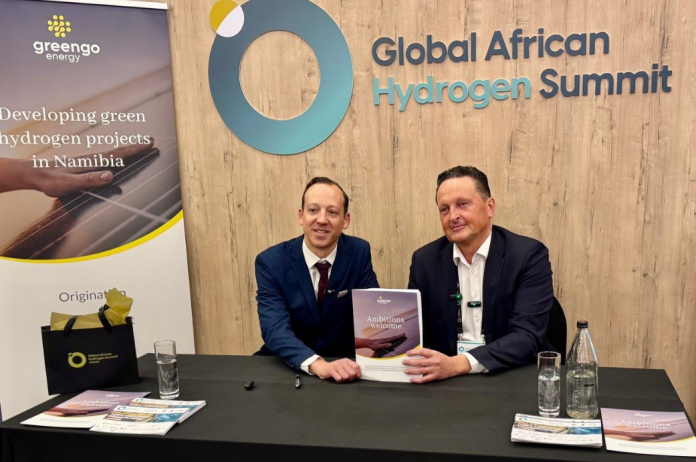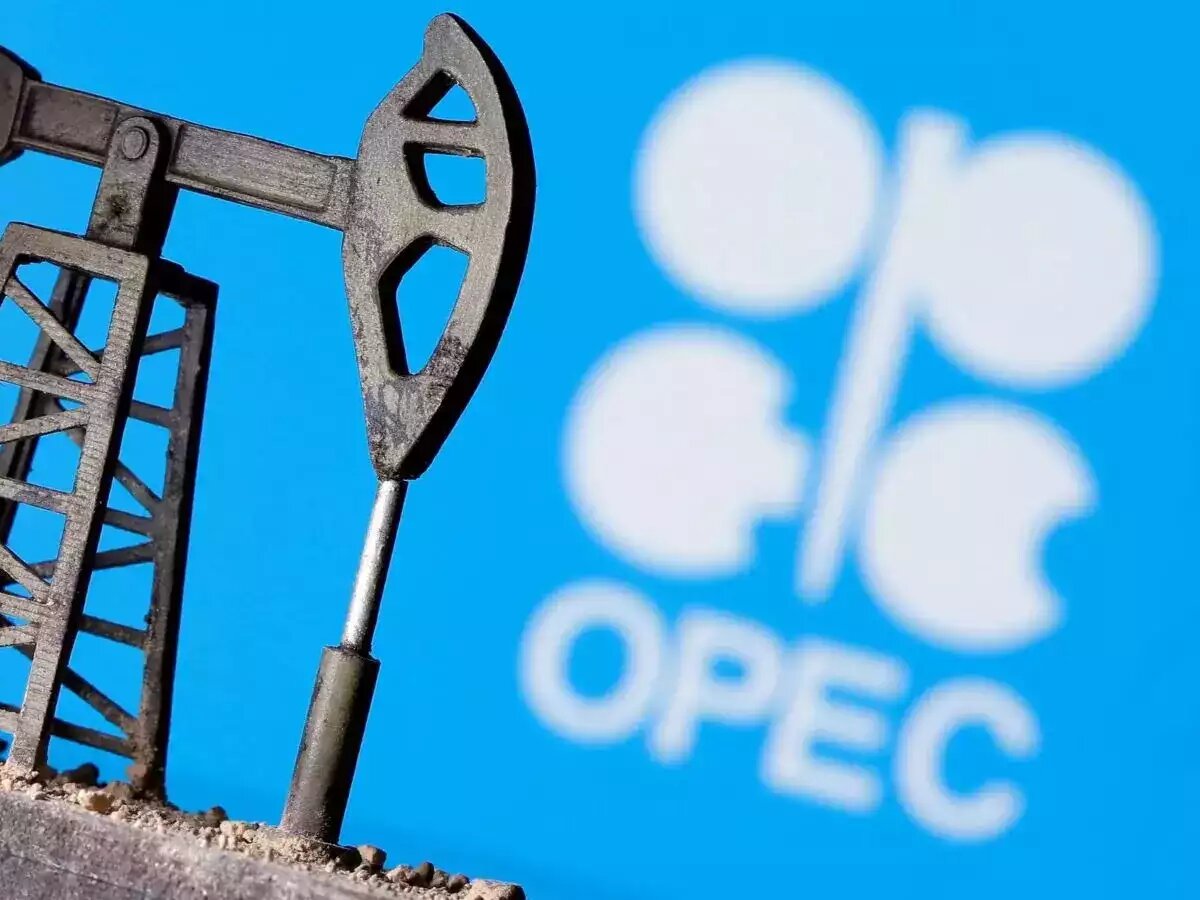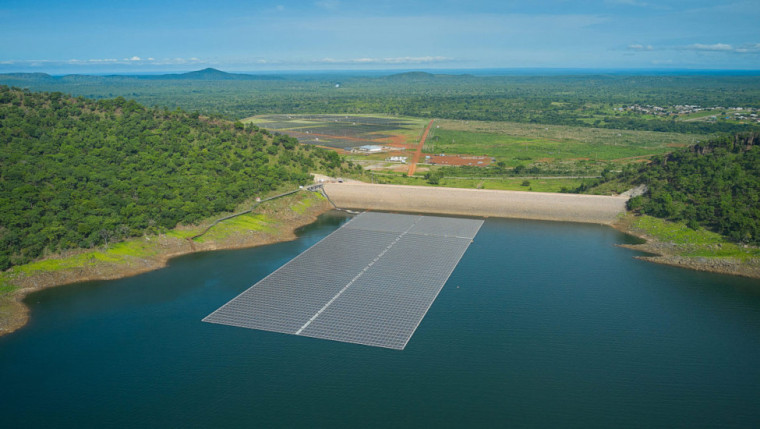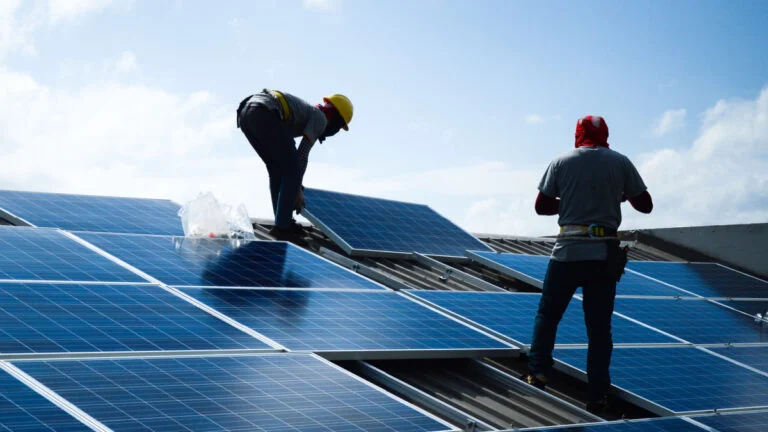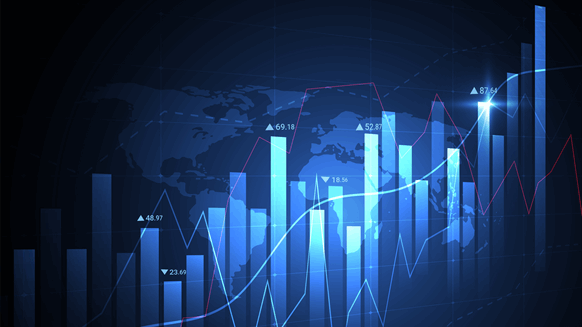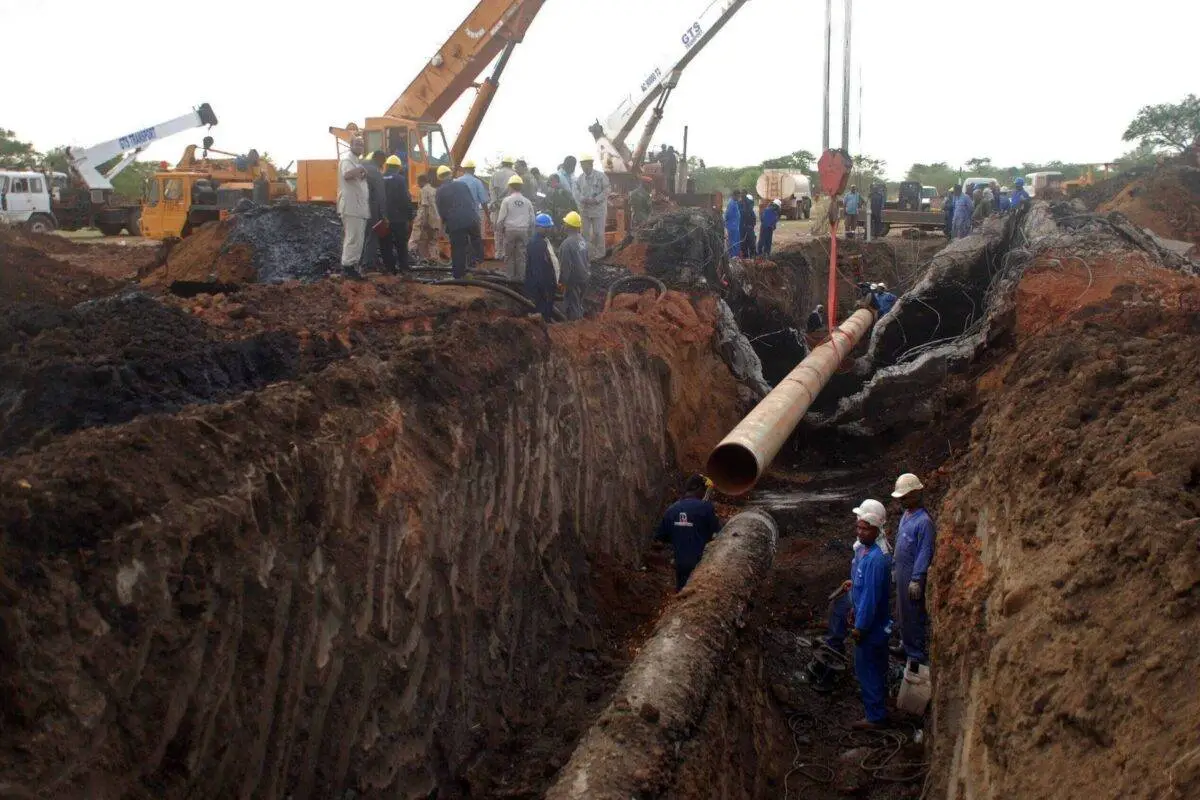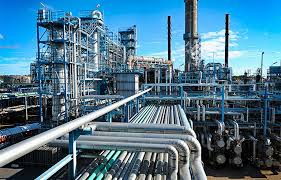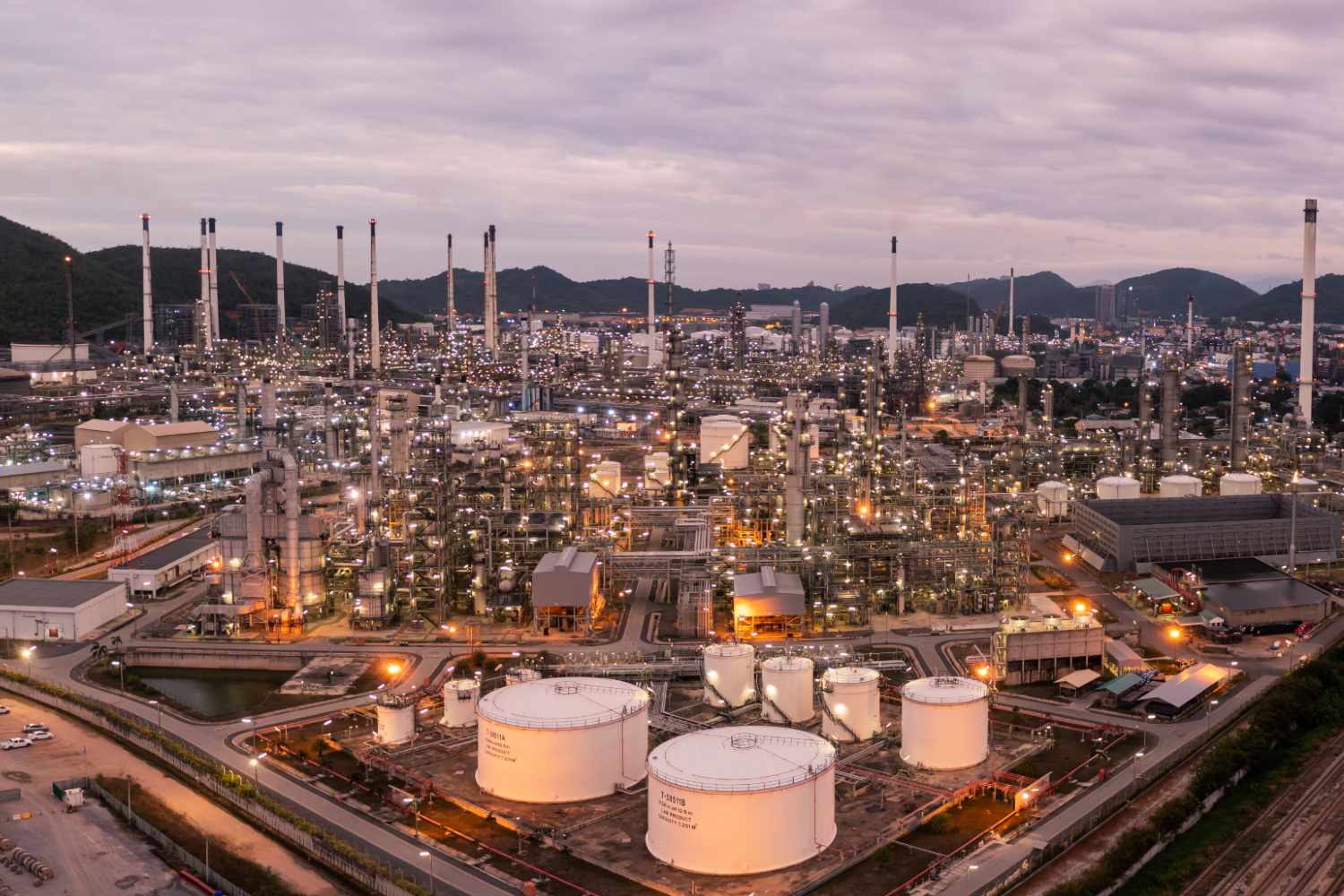Generation

Africa shows great potential in sustainable energy milestones

Africa continues to show great potential to enhance grid efficiency, energy storage, and resilience, which is why investment in infrastructure and technology should become a major agenda point.
Jean-Pascal Tricoire, global chairman of Schneider Electric, says Africa's energy transition must not only focus on increasing the supply of green energy but also on transforming demand (Image supplied)
2024, in particular, saw some noteworthy growth in the continent’s efforts to realise secure and sustainable energy provision.
On a recent visit to South Africa, Jean-Pascal Tricoire, global chairman of Schneider Electric, emphasises the company’s continued commitment to South Africa and Africa, highlighting key developments.
Sustainable energy milestones
“South Africa is making significant strides in reaching important sustainable energy milestones.
South Africa’s share of renewables is projected to reach 17% by 2032, driven by the Renewable Energy Independent Power Producer Procurement Programme (REIPPPP) and regulatory reforms that allow greater private sector participation.
Overall, it is projected that as much as 76% of Africa’s electricity could come from renewables by 2040 if existing and planned power plants are built and used to their full capacity.
This would be made up of 82% hydropower, 11% solar, and 7% wind.
Prioritising efficiency, electrification, and decarbonisation
Tricoire stresses that Africa's energy transition must focus not just on increasing the supply of green energy but also on transforming demand.
“The world will become electric because technologies like electric cars, data centres, and digital infrastructure are inherently driven by electricity.
“The priority is to save energy through digitisation and efficiency, the second is to electrify, and the third is to decarbonise the energy supply,” he explains.
He further adds that up to two-thirds of carbon emissions can be mitigated by using existing technologies.
For example, optimising energy efficiency in urban infrastructure, such as water networks, transport systems, and buildings, could yield significant reductions in energy consumption.
“We are experiencing a historic development in the field of energy,” says Tricoire, noting the convergence of the Internet of Things (IoT), AI, and big data to drive digitisation, which is now accessible and scalable at a lower cost.




